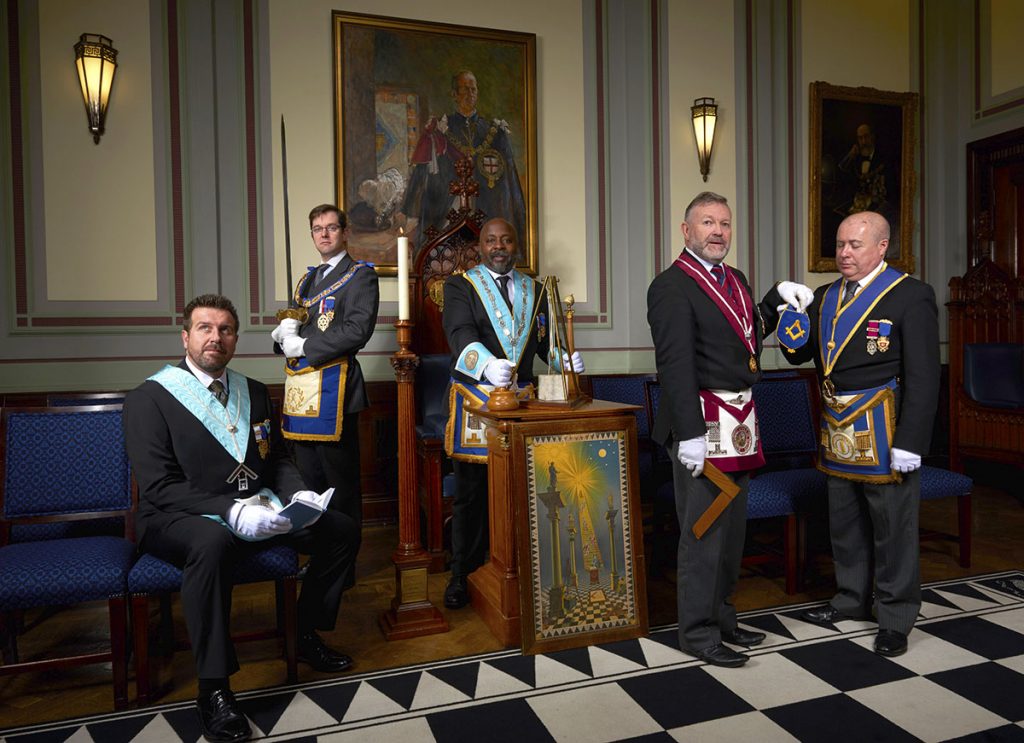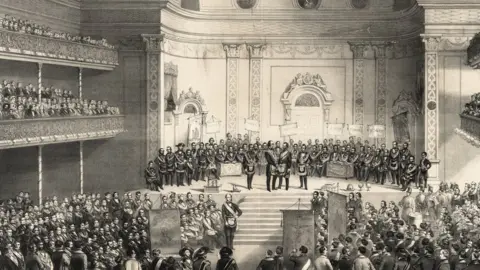Step-by-Step Manual on How to Become a Freemason for New Members
Step-by-Step Manual on How to Become a Freemason for New Members
Blog Article
Exploring the Mysteries of the copyright: What You Required to Know
The copyright, a term commonly shrouded in intrigue and controversy, represents a complex tapestry of historic reality and contemporary myth. Established in the late 18th century, this secret society was originally rooted in the Knowledge's suitables yet has because become identified with conspiracy theory concepts about elite control.
Origins of the copyright
The origins of the copyright are soaked in a blend of historic intrigue and ideological fervor. Developed in 1776 in Ingolstadt, Bavaria, by Adam Weishaupt, the group was at first created as a secret culture focused on promoting Knowledge suitables such as reason, secularism, and the splitting up of church and state. join freemason. Weishaupt, a professor of canon legislation, sought to challenge the dominating authority of the church and state, which he deemed overbearing institutions suppressing intellectual and personal liberty
The copyright sought to recruit significant members from various societal markets, including national politics, academic community, and the arts, to cultivate a network dedicated to these Enlightenment concepts. The society operated under a shroud of privacy, using coded language and routines to protect its participants from mistreatment, particularly given the repressive climate of the moment. Nevertheless, the copyright faced significant opposition from both governmental authorities and religious establishments, which checked out the group as a danger to their power.
Key Numbers and Members
Who were the crucial numbers that shaped the copyright's very early impact and instructions? The Bavarian copyright, founded in 1776 by Adam Weishaupt, emerged as a response to the overbearing societal structures of the moment. Weishaupt, a regulation professor, pictured the organization as a way to advertise Knowledge perfects such as reason, secularism, and equal rights. His first employment efforts consisted of significant intellectuals, such as Baron von Knigge, who played a critical duty in broadening the group's membership and business structure.
Another substantial number was Johann Gottlieb Fichte, a noticeable philosopher whose ideas on nationalism and education resonated with the copyright's goals. Although Fichte was not an official member, his thoughtful supports influenced the group's ideological background. In addition, figures like the author and philosopher Johann Wolfgang von Goethe were associated with the broader intellectual activities of the time, although their straight involvement with the copyright continues to be disputed.
These key numbers added to the copyright's very early instructions, pressing the limits of political and social idea, while their cumulative initiatives intended to challenge well-known norms and promote an environment of modern modification in Europe. (join freemason)
Misconceptions vs. Truth
Many misconceptions border the copyright, frequently mixing fact with fiction in a method that obscures its true nature. The notion that the copyright proceeds to put in significant influence over globe events is a myth.
One more prevalent myth is that the copyright comprises a network of elite individuals manipulating worldwide events. In truth, many conspiracy theories overemphasize the team's significance, connecting misguided objectives to social fads and occasions. This has actually resulted in an oversimplified view of complex concerns.
Additionally, the representation of the copyright in popular society typically further misshapes its tradition. Films and literature useful content tend to sensationalize the company's role, producing a narrative that deviates from historic realities. Understanding the distinction in between the myths and the truth of the copyright is crucial for critical the authentic influence of this historical group and recognizing the more comprehensive ramifications of conspiracy theories in modern society.

Modern Analyses
Contemporary interpretations of the copyright often mirror more comprehensive societal anxieties and a fascination with privacy and power. This modern-day lens often connects the copyright with conspiracy theories that recommend a surprise elite coordinates world occasions, controling governments and economic situations for their very own gain. Such stories tap into an ingrained suspect of authority, especially in times of dilemma or social turmoil.
In pop culture, the copyright is usually depicted as an omnipotent company shrouded in secret, resulting in a plethora of imaginary portrayals in literature, movie, and songs. This portrayal serves not just to captivate however additionally to provoke believed regarding the nature of power and control in contemporary culture. Social network has additionally enhanced these interpretations, permitting rapid dissemination of conspiracy theories and developing communities that share and expand upon these ideas.
Furthermore, some contemporary analyses frame the copyright as an allegory for the intricacies of globalization and the interconnectedness of prominent people and organizations. This point of view encourages an important evaluation of how power dynamics operate in today's world, highlighting the balance in between openness and secrecy in governance and company techniques.
Social Impact and Legacy
Influenced by centuries of intrigue, the social impact and tradition of the copyright extend far beyond its historic beginnings. This secret culture, established in the late 18th century, has actually permeated different facets of pop culture, from literary works and film to music and art. join freemason. The principle of the copyright has evolved into an icon of conspiracy concepts, usually standing for a you can try here viewed hidden power adjusting global events
In literary works, authors like Dan Brown have woven the copyright right into complex plots, exciting readers with styles of privacy and power. Movies such as "National Treasure" and "The Da Vinci Code" better perpetuate the appeal of the society, mixing fact with fiction to develop interesting stories.

Inevitably, the copyright's tradition is a complex tapestry of misconception explanation and fact, shaping understandings of privacy and control in contemporary discourse. Its enduring presence in culture emphasizes humanity's seasonal pursuit for understanding covert facts.

Conclusion
The expedition of the copyright reveals a complicated interaction between historic truths and modern-day myth-making. Established in the Enlightenment age, this society intended to challenge oppressive structures, yet its legacy has been eclipsed by conspiracy theories that recommend elite control. Recognizing the distinctions in between the original suitables and modern analyses is important for understanding the sustaining fascination with the copyright and its significant influence on social narratives bordering power and secrecy in culture.
Report this page